1983 Mazda RX-7 Turbo Prototype
- Story Cars

- Jan 14, 2022
- 4 min read
Little is known about this rare 1983 Mazda Prototype. Context to the RX-7 development is here:
Chief Project Engineer Akio Uchiyama had traveled to the United States to become better acquainted with the RX-7's largest market demands. His interviews and the comments and suggestions received from the owners and prospective owners influenced the design of the second series of the RX-7. By June 1981 the project was started. Akio Uchiyama chose the name P747 to represent this task. Various designs were created, each targeting different markets. The designs were labeled 'Realistic Sports Car,' 'Technologically Advanced Sports Car,' and a 'Civilised Sports Car.' The designs ranged from a hard-core sports car to designs that offered plush amenities and hints at its sporty roots. The price of these potential cars was estimated to fall between $9000 through $13000, depending on the design chosen. There were around twenty designs created, each representing different ideas of the next generation RX7. Two designs were chosen as 'favorites .' Full-size clay models were developed and shown to consumers.
By February of 1983, a design was chosen. Takashi Ono was tasked with designing and building the exterior of the vehicle. Most of the demands made by Ono were carried through, but a few needed to be redesigned based on consumer reaction and to accommodate mechanical components. The resulting prototypes achieved a 0.29 CD of aerodynamic efficiency. This was the result of a low hood and a 63.5-degree angle windshield.
Jiro Maebayshi was tasked with designing the suspension. The resulting mechanics were borrowed from a truck suspension created by Takao Kijima. The front and rear suspension were independent, with the front incorporating McPherson struts. Four-wheel steering was experimented with to make the car more maneuverable, but unfortunately, the results were not promising. Instead, a system was adopted that allowed a small degree of rear steer to be created by the rear suspension during cornering. The rear wheels would steer in the same direction as the front, increasing stability at high speeds. At low speeds, the rear wheels would steer in the opposite direction of the front wheels. The system was dubbed the 'Dynamic Tracking System Suspension' and 'Triaxial Floating Hub.' The system did increase the noise to compensate for the final drive system, and the rear suspension was mounted separately on the rear subframe. Rubber bushings were used to reduce the noise caused by the subframe and the chassis. The rack-and-pinion steering and the updated suspension addressed the major pitfall of the first-generation RX-7.
The second generation came with options, such as brake sizes and wheels. Standard was 9.8 inch ventilated disc brakes with the 10.3-inch disc with single-piston floating iron calipers offered as optional equipment. The anti-lock braking system was not offered at the introduction of the vehicle but became available later. The RX-7 could be purchased with a five-speed manual or a four-speed automatic transmission. A turbocharger system increased torque by nearly 30 percent.
A luxury version was offered outfitted with cruise control, air conditioning, leather seats, power windows, and a security system.
The 13B engine had been introduced in the first generation RX-7. It produced 135 horsepower, and 11 extra horsepower was achieved by reshaping the plenum. The plenum was curved again for the P747 to further increase the power. Other modifications included second fuel injection, new rotor apex seal, digitally controlled Bosch L-Jetronic, larger air cleaner, and wider throttle intake and valves. More horsepower and better fuel economy were achieved through these and other efforts, and the engine became more durable. In the end, the engine produced nearly 150 horsepower and 138 foot-pounds of torque. This meant the vehicle could propel from zero to sixty in just eight seconds, and top speed was achieved at nearly 130 mph. The turbocharged 13B version was rated at 182 horsepower and 183 foot-pounds of torque. The fuel economy was nearly identical to the non-turbocharged version, 17 city, and 23 highway.
The interior was convenient, ergonomic, and modern. There were orange instrument needles, red lettering, 8000 RPM tachometer, four auxiliary dials for oil pressure, battery charge, fuel level, and coolant temperature. The turbocharged versions had a boost gauge in place of the battery charge.
The RX-7 was offered in two-seater and 2+2 configuration, however, the rear seats were small and was best used for luggage rather than transporting extra passengers.
After the design and development of the prototype P747 and before official approval to begin mass development, the P747 ran into a problem. The United States would enforce a tax on all vehicles that weighed over 2875 pounds and did not meet a 22 mpg combined city/highway rating. P747 was too heavy and did not meet the combined gas rating, and nearing the point where the project would be discontinued. Upper management allowed one month to reduce the weight and to improve fuel economy.
Every designer and engineer began removing items, replacing others with a lighter material, and searching for ways to reduce the weight. The cast iron wheel hubs were replaced with alloy, and the spare tire jack was replaced with an aluminum unit. The final drive cover was replaced with aluminum, and the suspension arms became forged aluminum. The weight-saving measures continued, and in the end, P747 weighed 2630 pounds, still a hundred pounds more than the first generation RX7. Still, it did include many mechanical and electrical improvements and features. The major downside to using the lightweight material was that it was more expensive than the steel it replaced.
The name RX-7 was retained, although many believed that it would have been given the name RX-8, the next logical succession in the Mazda naming convention.
Introduced in 1986, it was immediately successful. Sales were strong and higher than any other year for the RX-7.
Source: Mazda RX-7 - Model Information | Conceptcarz.com. https://www.conceptcarz.com/vehicle/series.aspx?modelID=1954
Images: oldconceptcars





































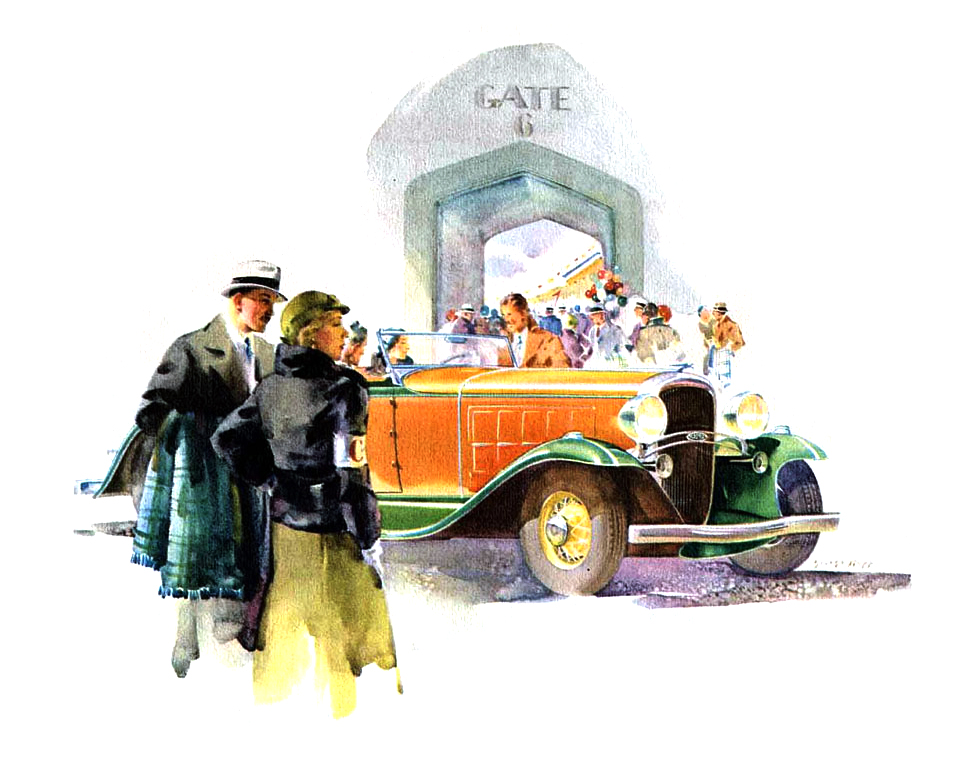
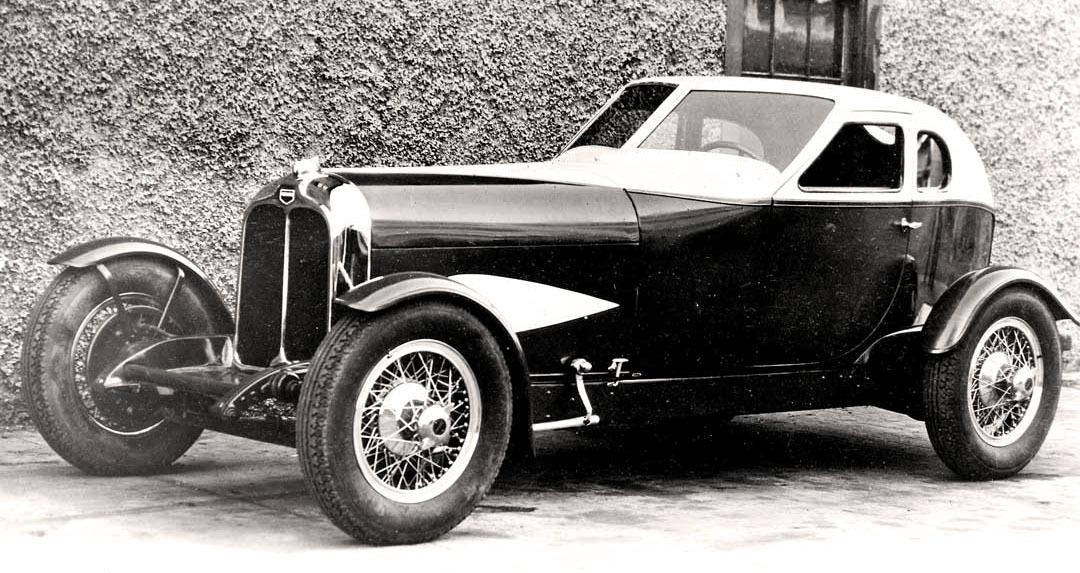
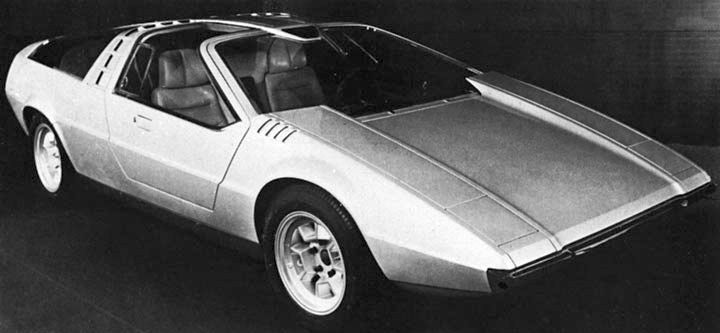






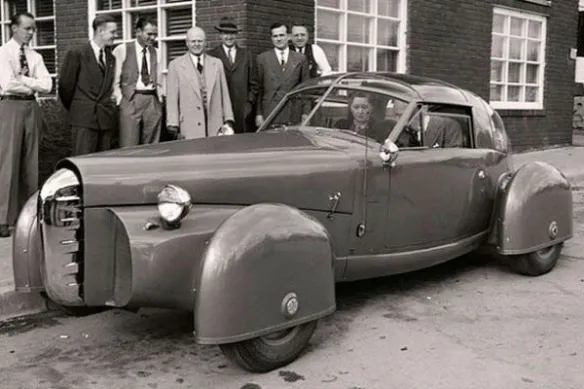



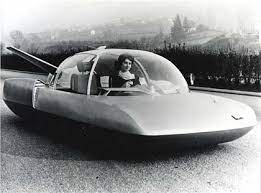

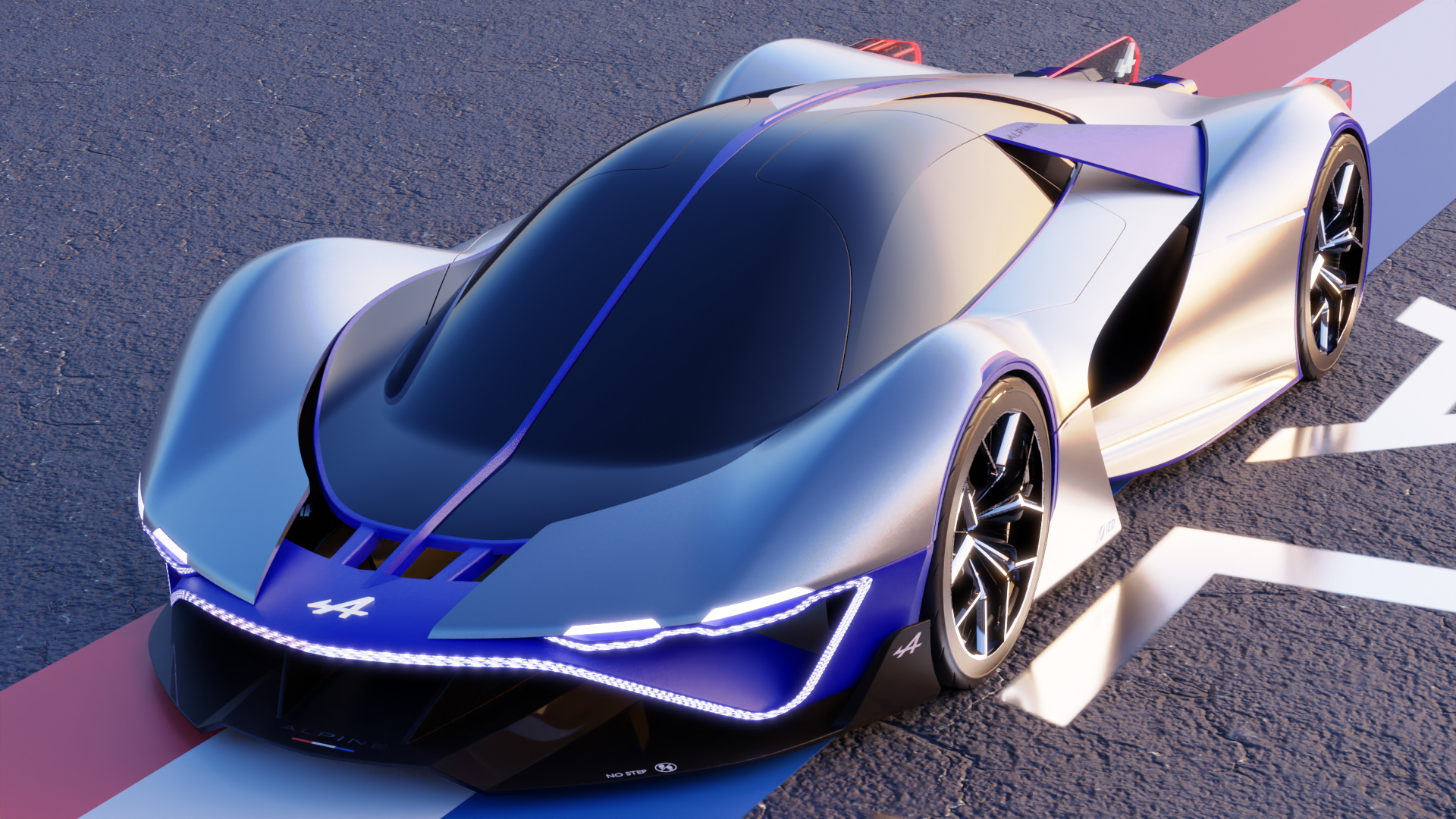
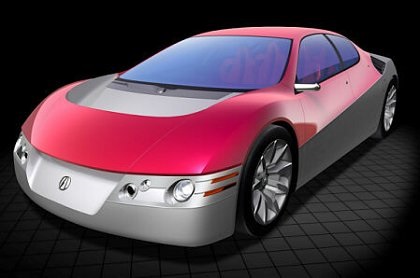

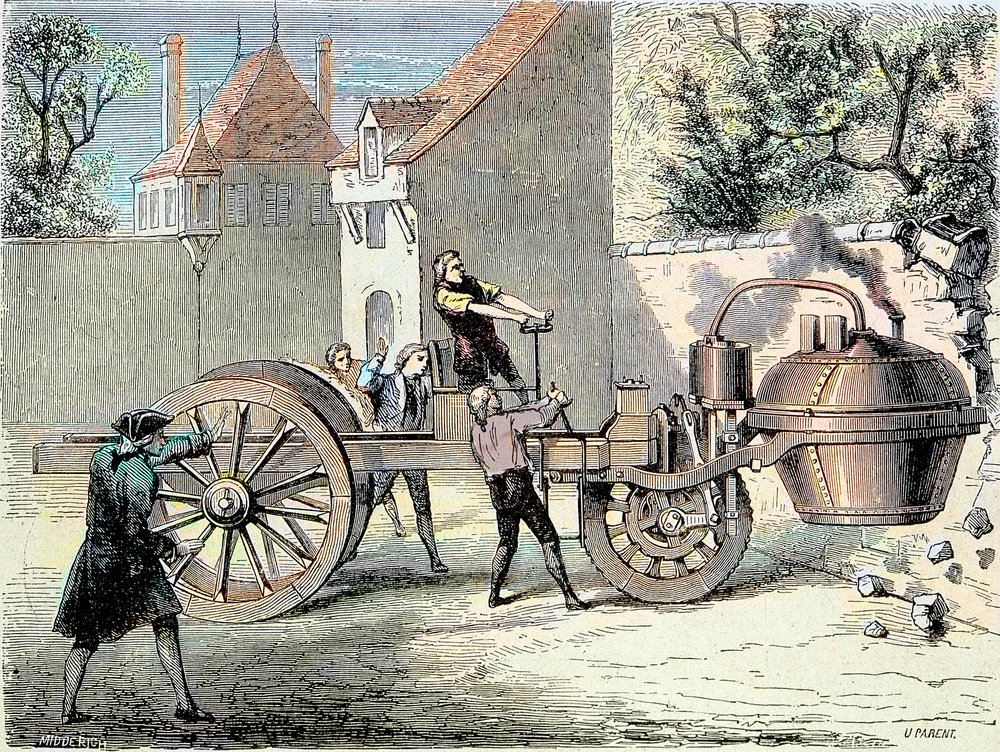
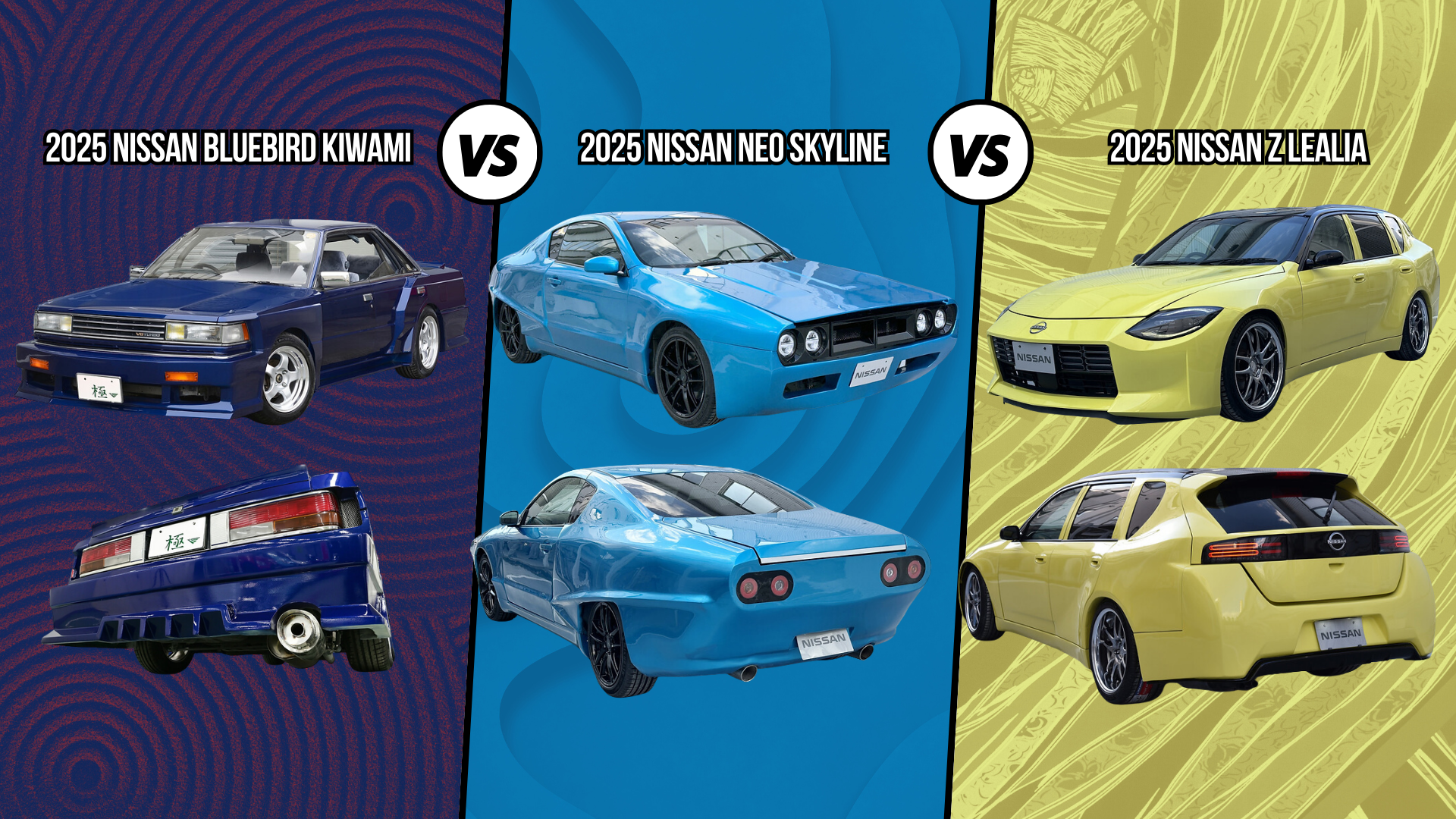
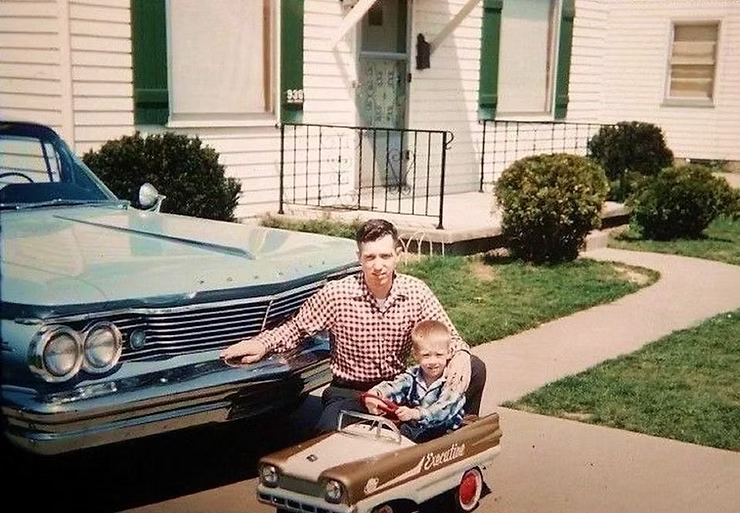
Comments